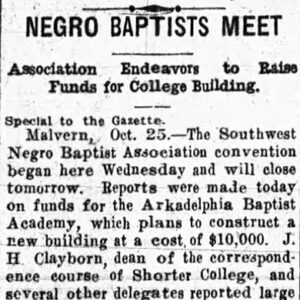 Baptist Academy Article
Baptist Academy Article
Entry Category: Defunct: Schools and Academies - Starting with B
 Baptist Academy Article
Baptist Academy Article
Bates School House
Beebe Colored School
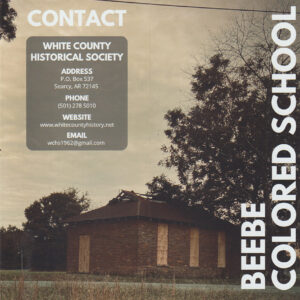 Beebe Colored School Brochure
Beebe Colored School Brochure
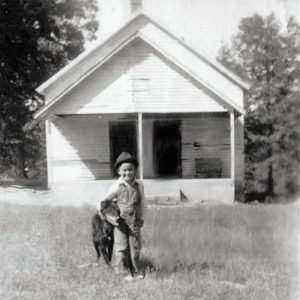 Bell Grove School
Bell Grove School
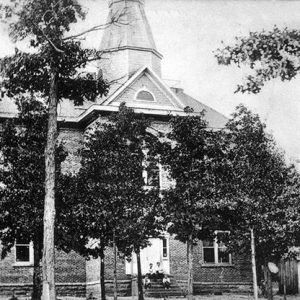 Black Rock School
Black Rock School
Booker T. Washington High School (Jonesboro)
Boswell School
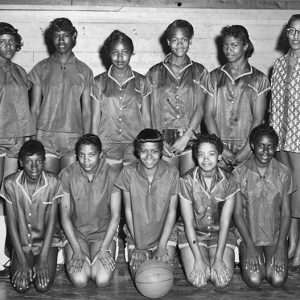 Branch High Girls Basketball Team
Branch High Girls Basketball Team
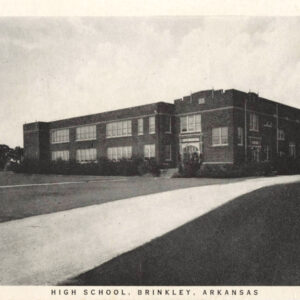 Brinkley High School
Brinkley High School
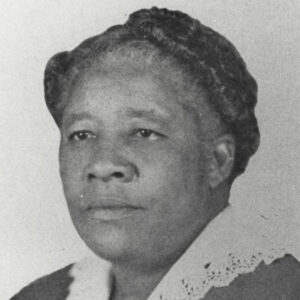 Lillian Brown
Lillian Brown
Buford School Building
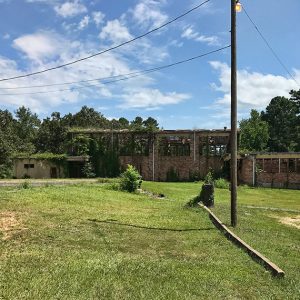 Bunche School Gym
Bunche School Gym




